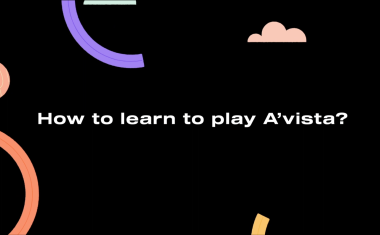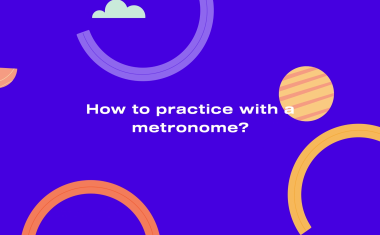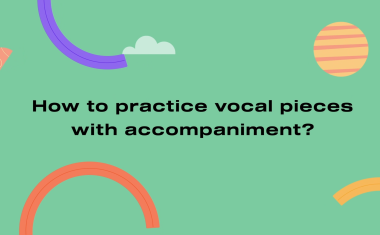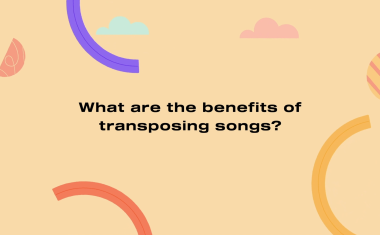Sight-reading or a prima vista!

No one is surprised when a child picks up a brand new book. She looks at the pictures, turns the pages of a fairy tale, and starts reading. Perhaps she slowly decodes some new words. Perhaps she repeats entire sentences in order to understand their meaning.
This, however, does not stop her from understanding the meaning of the story. The heroes of the fairy tale, hidden on the other side of the black and white pages, immediately stand in front of your eyes.
What happens if the same child picks up the sheet music? How surprised everyone will be when she plays the instrument seeing the notes for the first time!
It is not without reason that sight-reading music, also known as prima vista or a prima vista, arouses enthusiasm and admiration. This is a very difficult task. It proves proficiency in reading music. Sight-reading is an ability to read on the fly any melodies, rhythms, and emotions hidden in the musical notation.
Few children mastered it, but also not many adults. However, the rules for reading text and notes are very similar. And you can learn them in a similar way. In both cases, mastering the basics is a key.
How to practice sight-reading?
In order to read a book fluently, we cannot think about the shape of individual letters. Analogically, sight-reading requires knowledge of musical notation, and key markings. It is even harder, as in order to read the sheet music fluenty, we often need to look at the two staves with one glance. In other words, the key is mastering the basics of reading sheet music, and then exercising regularly.
We have some practical advice for you. They will prove useful in a prima vista practice for both beginner musicians, as well as those who want to improve their skills.
Firstly: regularity
Daily exercising is best practice. It is also worth setting a certain amount of time for exercises. Even a fifteen-minute long practice can work wonders in the long run!
Secondly: the level of difficulty
In sight-reading exercises, we suggest to use simple notes, and familiar pieces. Just prepare a collection of notes which you find easy to play. Now you can draw any song, without the risk of encountering any major obstacles.
Before hitting the first tones, it is worth to cast a glance at the whole piece. We can try to quickly read it silently – as we read written text.
Thirdly: rhythm or melody?
Let’s focus on one aspect of the piece at time. We can choose to concentrate on the precision of the melody or on the rhythmic accuracy. It will be much easier to combine the two skills than to perfect them at once.
Why should you learn sight-reading?
Since this is a difficult art, why should you spend so much time and energy to read the notes fluently „at first sight“?
First of all, you will be able to accompany any song with your instrument. Think Christmas carols, any popular song, or your friend’s new composition.
Equally important reason is the choice of repertoire. Choosing the repertoire that you will be mastering for months becomes a piece of cake. But only when you are be able to scan them while sight-reading before you start learning.

Summary
Some musicians become so proficient in the sight-reading that they are able to transpose songs on the fly. That is, to play them from notes, but in a different key. This way it can be adjusted to the vocal abilities of the performer.
However, if you are the one who wants to be the soloist, you can try your hand at the digital accompanist. The Rubato application allows you to quickly change the key. So perhaps now it is the time to practice sight-reading with Rubato?


